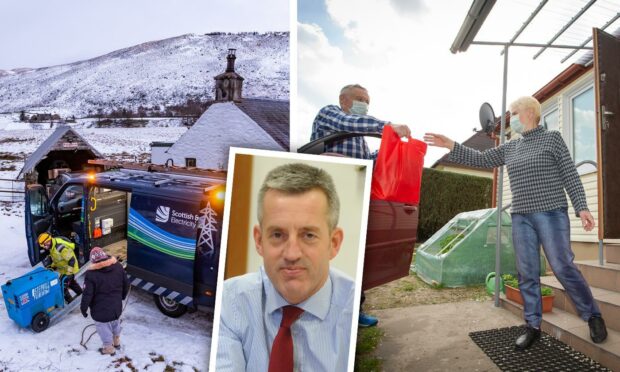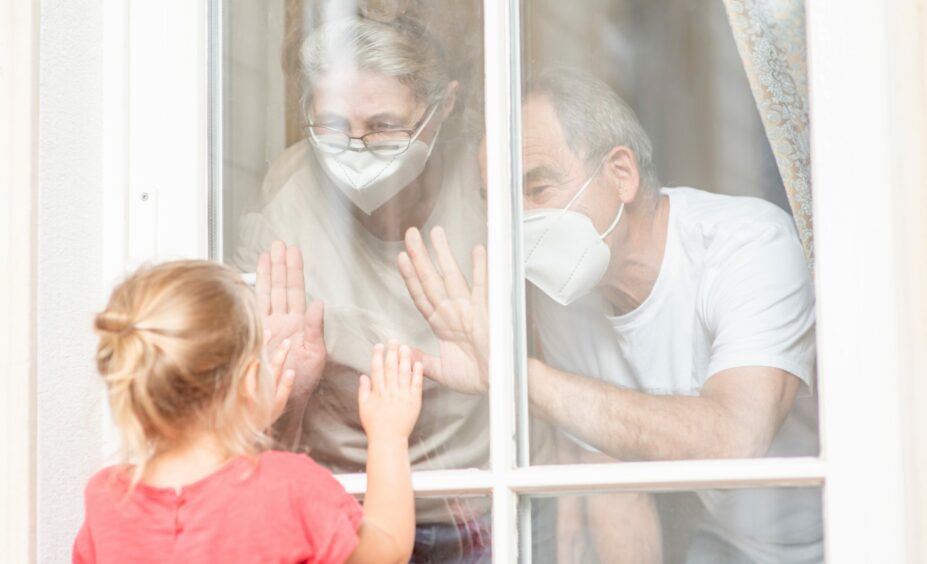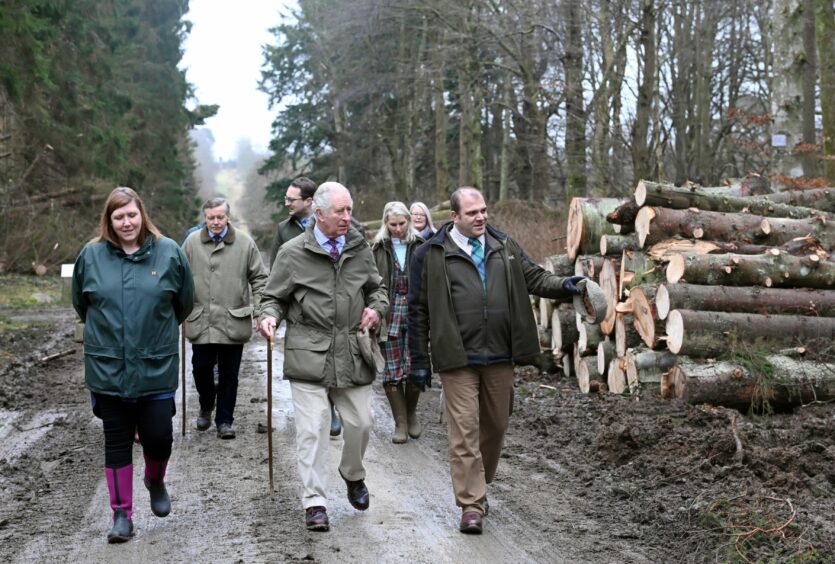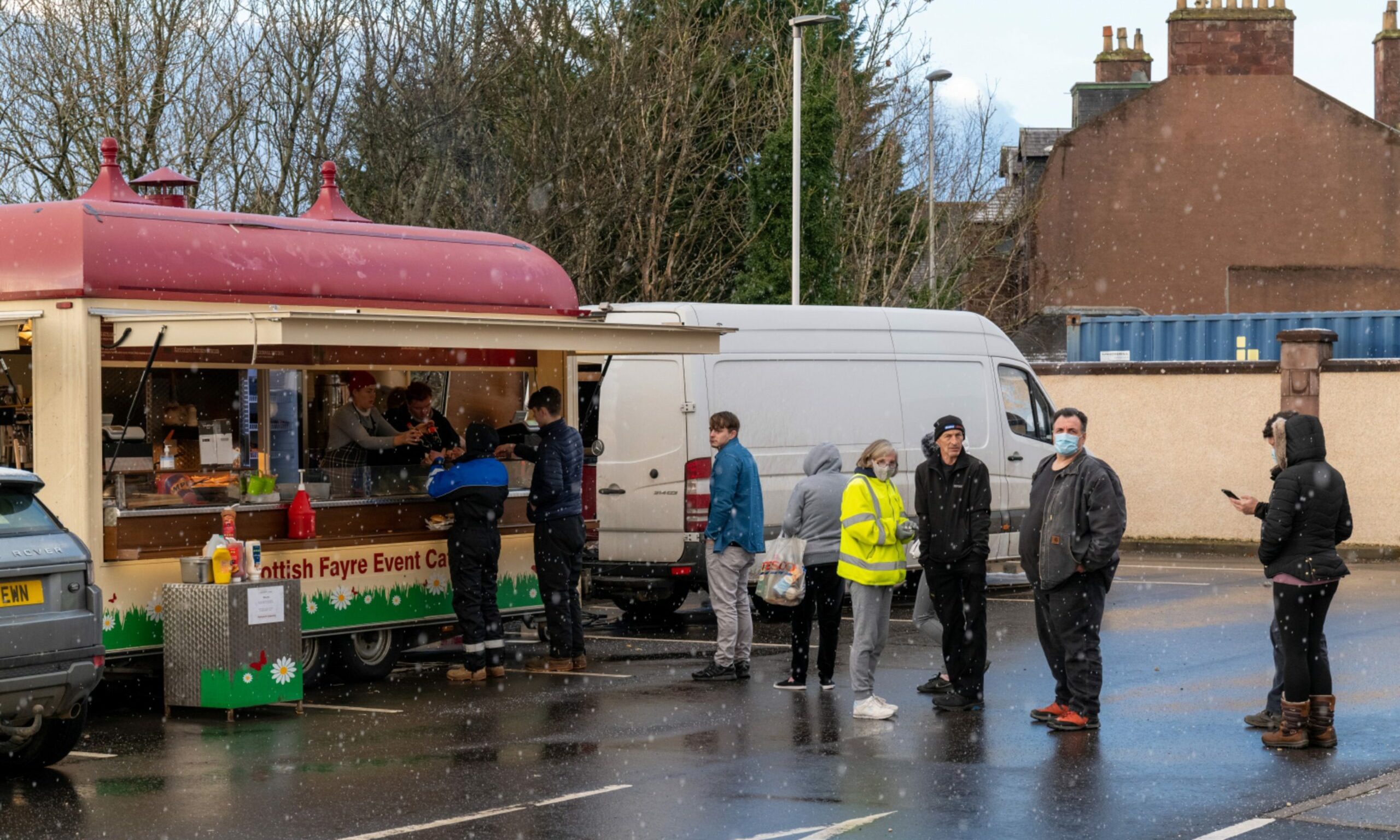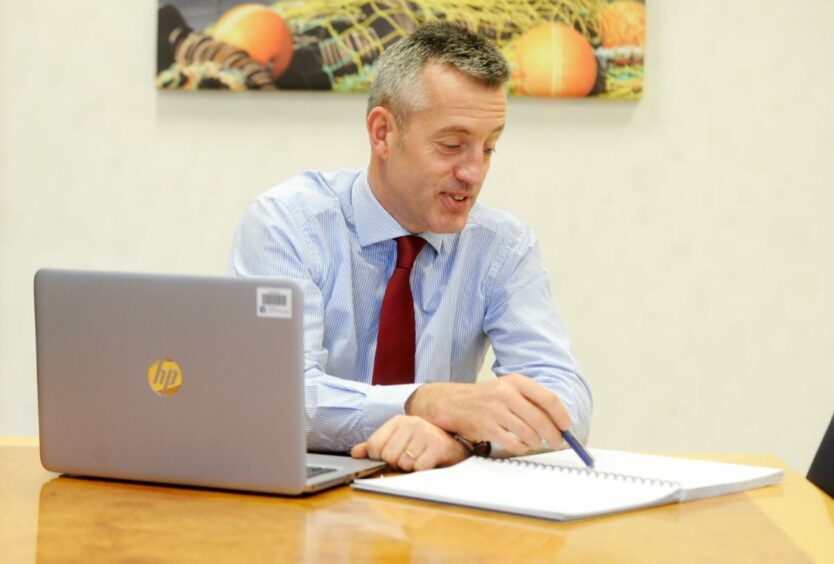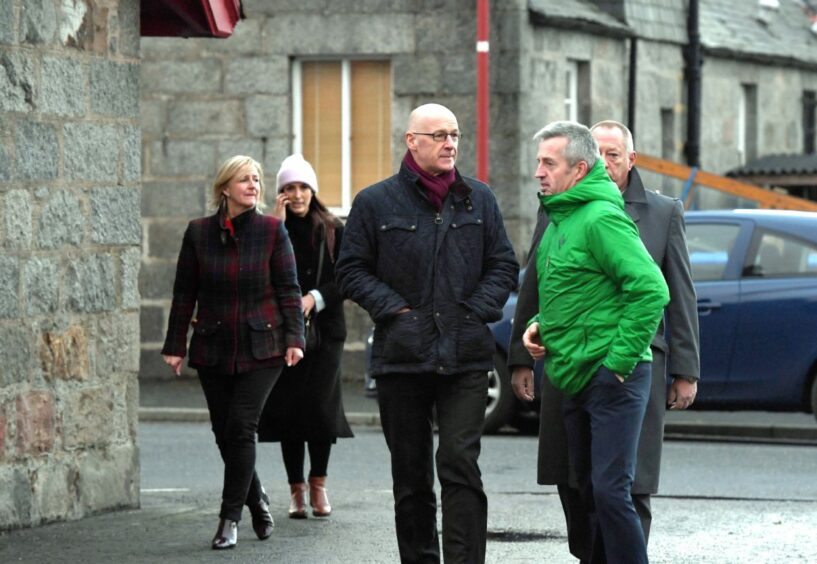When coronavirus spiraled out of control in 2020, communities across the north-east came together like never before.
With people confined to their homes that spring, many quickly took it upon themselves to look after older neighbours.
Shielding for their own safety, thousands of pensioners were unable to go shopping or even see loved ones.
People rallied in various ways – whether by forming support groups, dropping off the occasional loaf of banana bread, picking up messages and medication or just by offering some friendly words.
How Covid spirit has helped communities blasted by storms
Little did anyone suspect that, 18 months later, this freshly forged community spirit would prove vital when a catastrophe of another sort happened.
As darkness fell on the afternoon of Friday, November 26, fierce winds began blasting the north-east.
Storm Arwen surpassed everyone’s worst fears; ripping roofs from buildings, causing two years’ worth of faults along power lines within just 12 hours and destroying thousands of trees.
In the days that followed, scores of people were left without power. Some for as long as 10 days.
Now, the government has completed a review into how the carnage was handled.
But before the ink has even dried on that report, Storm Malik has caused similar destruction two months later.
And another amber weather warning has been issued ahead of Storm Corrie today.
Again, people are coming together to make sure the most vulnerable in their towns and villages are safe.
Council boss spearheaded efforts during blackout
One of the leading lights in the north-east Storm Arwen response was Aberdeenshire Council’s chief executive Jim Savege.
Jim was without power at his home for four days himself, and went into a council office in Banchory to help organise efforts.
And he has been busy again this weekend, with the local authority directing people to welfare centres where they can have hot food and showers.
Speaking to the Press and Journal in the days before Malik hit, Jim told us how the pandemic had laid the foundations for communities to come together when the weather turns violent.
#StormMalik has caused some power outages, fallen trees and debris. Please check on neighbours
Report fallen trees and debris 101
Report power outages 105 @ssencommunity@NHSGrampian @NorthEPolice pic.twitter.com/8TgbIymyZ2— AberdeenshireCouncil (@Aberdeenshire) January 29, 2022
He said: “In lockdown, people got to know their neighbours far, far better than they did before.
“People did food deliveries, looked after pet dogs and picked up medication where it was needed.
“One upside of Covid was it helped reinforce that community resilience so it was there for Storm Arwen.
“There was already that good foundation in place.”
That meant locals in worst-hit areas were able to identify neighbours most at risk, and make sure they were OK.
What next for twice-battered region?
For a part of Scotland just recovering from Arwen, the damage caused by Malik this weekend will feel especially harsh.
But with climate change bringing the threat of increasingly unstable weather, there is a risk of such conditions becoming more common.
Now, workshops will be staged with community groups so that they can learn from each other about how to cope.
Jim said: “The way communities looked after themselves was phenomenal, and that’s something we want to help nurture.
“Storm Arwen affected so many people for such a long time.
“Some felt that the council and police should have been there from the first minute… But others were saying ‘we’re OK looking after each other’.
“It’s really a team effort between the council and locals, that’s what we want to encourage. ”
